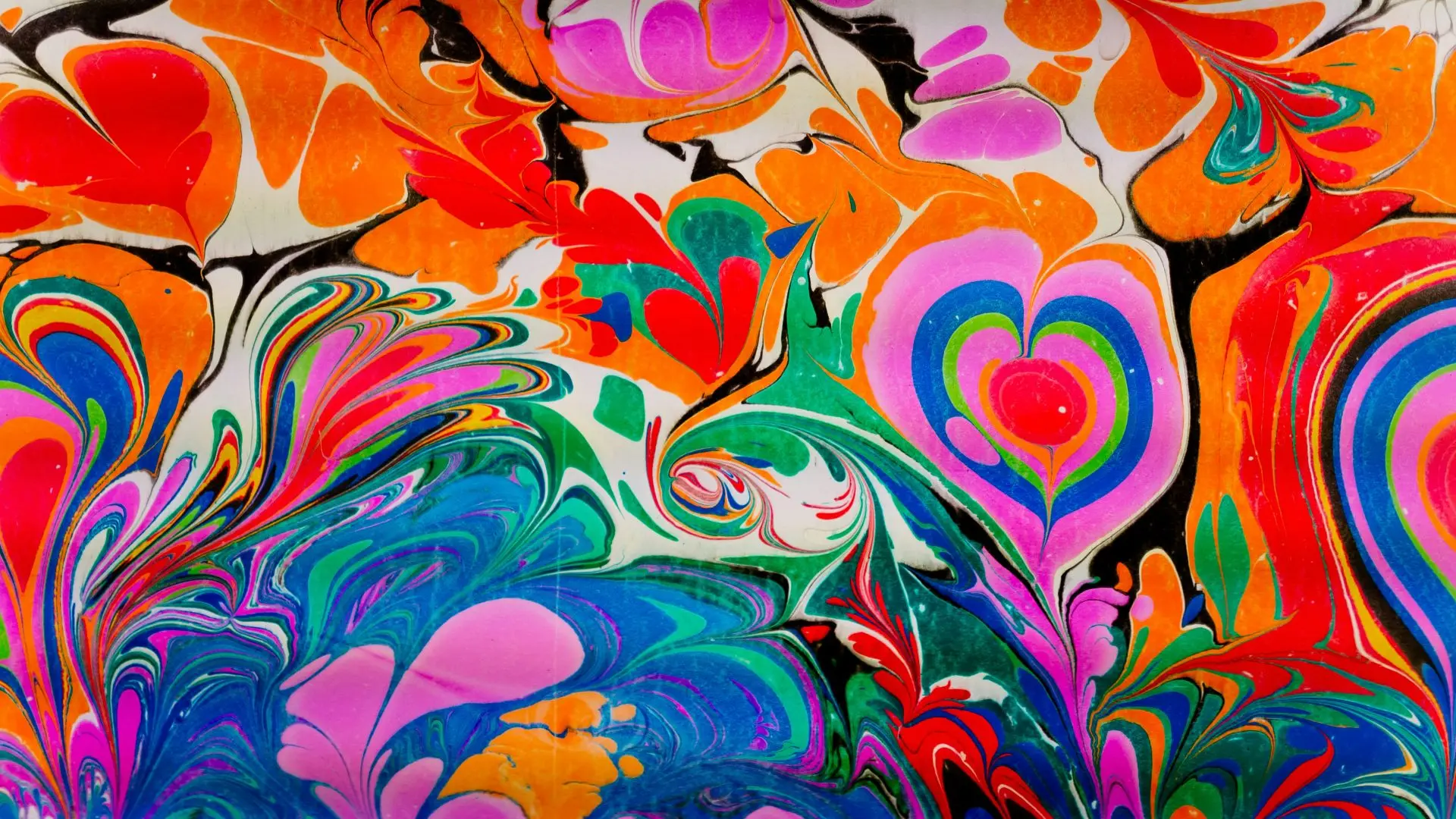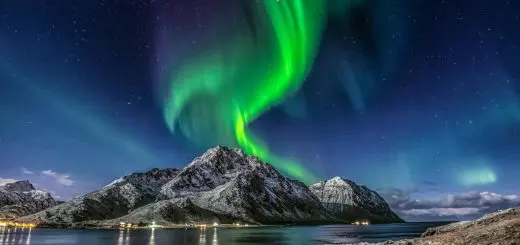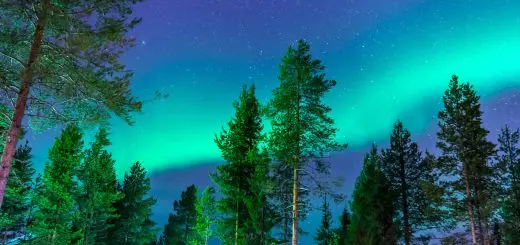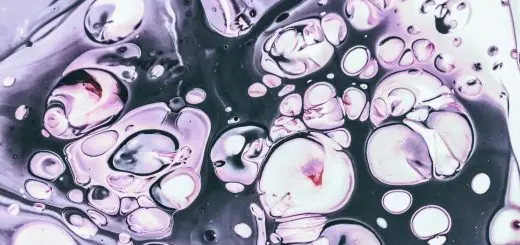The Moai Statues of Easter Island: Who Built Them?

Looking for more amazing products? Check out our online store and explore our collection here! Happy shopping!
Before diving in, please note: This post is for informational purposes only. If you’d like to know more about how we approach topics, feel free to check out our friendly Disclaimer Page.
Hey there, amazing readers! 
We’re committed to delivering quality posts, and your support (even just sticking around despite the ads) means everything to us. So, bear with us, and thanks for helping us keep the good vibes rolling. Now, on to the fun stuff!
TRANSLATE BUTTON AT THE END OF THE ARTICLE
A Quick Overview
The Moai statues of Easter Island, also known as Rapa Nui, are some of the most captivating and mysterious artifacts on the planet.
These towering stone figures have intrigued archaeologists, tourists, and historians for decades.
How did the people of this remote island create such monumental artworks?
Who were the skilled artisans behind these impressive sculptures?
In this article, we’ll dive deep into the history, crafting techniques, cultural significance, and the ongoing preservation efforts surrounding these iconic statues.
Introduction to the Enigmatic Moai Statues of Easter Island
Nestled in the South Pacific, Easter Island is a remote speck of land that boasts an extraordinary collection of colossal stone figures known as Moai.
These statues, often almost 30 feet tall and weighing several tons, are scattered across the island, primarily along its coastline.
Each Moai is a testament to the artistic and cultural prowess of the Rapa Nui people, the island’s original inhabitants.
From the moment travelers set foot on Easter Island, they are greeted by the sight of these towering figures, their stoic faces gazing toward the horizon.
The Moai are crafted from volcanic tuff, a soft stone that was ideal for carving.
Over the years, these statues have become a symbol of the island’s rich cultural heritage, drawing visitors from around the globe.
However, the mystery of who built them and why continues to intrigue and inspire countless inquiries.
The Fascinating History of Easter Island’s Inhabitants
To understand the Moai, we must first explore the history of the Rapa Nui people.
They are believed to have settled on Easter Island around 1200 AD, arriving from other Pacific islands.
The Rapa Nui developed a rich culture, thriving on fishing, agriculture, and the gathering of resources from their environment.
As a small island, the Rapa Nui faced significant challenges, such as limited arable land and isolation from other civilizations.
This led to a strong sense of community and cultural identity.
Tall tales about their ancestors and the Moai statues formed a collective mythology that bonded the people.
The islanders believed that these statues embodied the spirits of their ancestors, watching over them and providing guidance.
Over time, the population grew, and with it, the demand for resources.
This growth, coupled with the physical limitations of the island, led to societal strain.
The history of the Rapa Nui people is a complex tapestry woven with achievement, struggle, and resilience.
What Are Moai Statues and Why Are They Unique?
Moai statues are not just large stone figures; they represent the cultural identity and spiritual beliefs of the Rapa Nui people.
Each statue has distinct features, including exaggerated facial features and elongated heads.
These traits were not only artistic choices but also reflected the social status of the individuals they represented.
What sets the Moai apart is their collective story.
There are nearly 900 Moai scattered across the island, with varying sizes and intricacies.
The largest statues, known as "Paro," stand nearly 33 feet tall and weigh over 80 tons.
The craftsmanship is awe-inspiring, showcasing the islanders’ deep spiritual connection to their ancestors.
The Moai also serve as a reminder of the island’s ecological history.
They were primarily erected on stone platforms called Ahu, which functioned both as tombs and ceremonial sites.
This unique placement enhances their significance, elevating them beyond mere sculptures into vital components of Rapa Nui religious practices.
The Theories Behind Who Built the Moai Statues
Historians and archaeologists have long debated the question: who exactly built the Moai statues?
The most widely accepted theory attributes their construction to the Rapa Nui people.
Various archaeological evidence supports their role as master carvers and builders.
However, several alternative theories exist.
Some researchers argue that the Moai were the product of a highly organized society that had the means to mobilize labor for large-scale projects.
Others suggest that the construction of the Moai was a response to social competition among clans, each striving to honor their ancestors with grander statues.
There’s also a theory that external influences may have played a role in the Moai’s creation.
Some believe that contact with other Polynesian islands may have introduced new techniques and styles.
However, most current research leans toward the idea that the Moai were primarily developed within the Rapa Nui culture itself.
The Rapa Nui Culture: Artisans of the Moai
The Rapa Nui were skilled artisans, known for their craftsmanship in stone carving.
The creation of the Moai required a significant amount of resources, time, and expertise.
This artistic tradition was rooted in their culture, with generations passing down techniques and knowledge.
Social hierarchy played a significant role in Moai construction.
The more prominent clans commissioned larger and more detailed statues to honor their ancestors.
This practice was not just about artistic expression; it was also a reflection of power dynamics within the society.
The construction of a Moai was a communal effort.
Families and clans pooled their resources and labor to carve, transport, and erect these monumental statues.
The collaborative nature of this work fostered a profound sense of unity among the Rapa Nui.
Tools and Techniques Used in Moai Construction
Creating a Moai was no small feat.
The Rapa Nui utilized simple yet effective tools for carving.
They primarily used stone chisels and hammers made from harder volcanic rock.
These tools enabled them to shape the soft volcanic tuff with remarkable precision.
After being carved from the quarry, the Moai were transported to their resting places.
This process was incredibly labor-intensive.
Theories suggest that they were either rolled on logs or moved upright using a system of ropes and coordinated manpower.
Interestingly, some researchers believe that the Moai were "walked" to their locations, using a combination of rocking motions and teamwork.
This technique showcases the ingenuity and determination of the Rapa Nui people.
The Significance of Moai Placement on the Island
The placement of Moai statues is as fascinating as their construction.
Most Moai face inland, gazing over the communities they once protected.
This orientation signifies a deep respect for ancestry and connection to the living.
The Moai served as guardians, watching over their descendants.
The strategic location of the Ahu platforms also played a role in their significance.
These platforms are often situated near important resources, such as freshwater springs or fertile lands.
This positioning highlights the Moai’s dual role as both spiritual and practical symbols.
In total, there are 288 Ahu on Easter Island, each with its own Moai or group of Moai.
Their arrangement tells a story of social structure and community organization.
The larger and more elaborate Ahu indicate more powerful clans.
The Connection Between Moai and Rapa Nui Society
The Moai are deeply intertwined with Rapa Nui society.
They were not just artistic creations; they were embodiments of ancestral worship.
The Rapa Nui believed the Moai contained the spiritual essence of their forebears, providing protection and guidance.
The Moai also served as a source of identity for the Rapa Nui people.
Each statue represented a specific lineage, reinforcing social bonds within clans.
During ceremonies, the Moai played a central role, connecting the living with their ancestors.
As the island faced various challenges, including deforestation and social strife, the significance of the Moai grew even more profound.
They became symbols of resilience, unity, and the collective memory of the Rapa Nui people.
The Role of Religion in Moai Construction and Worship
Religion was a cornerstone of Rapa Nui culture, and the Moai were vital to their spiritual practices.
The islanders believed that the spirits of their ancestors could influence their lives.
As a result, the Moai were often associated with rituals and ceremonies.
Construction of the Moai was seen as a religious duty.
The act of carving and erecting a statue was a way to honor ancestors and seek their blessings.
Rituals involving the Moai included offerings, prayers, and music, all aimed at invoking the spirits of the deceased.
As the island’s ecology changed and resources became scarcer, the relationship between the Rapa Nui and their Moai evolved.
The decline of traditional practices led to shifts in spiritual beliefs, but the Moai remained a powerful symbol of their cultural heritage.
The Impact of Climate on Moai Building Practices
Easter Island’s climate has significantly influenced the Rapa Nui people’s way of life, including the construction of the Moai.
The island has a subtropical climate, characterized by seasonal rains and dry periods.
During times of drought, resources became scarce, affecting the ability to quarry and transport stone.
This scarcity forced the Rapa Nui to adapt their building techniques and practices.
As the environment changed, so too did the frequency and scale of Moai construction.
Climate events, such as El Niño, had profound effects on food production and resource availability.
These challenges ultimately led to social upheaval, impacting both the creation of new Moai and the care of existing statues.
Preservation Efforts for Easter Island’s Moai Statues
As a cultural treasure, the Moai statues face numerous threats, including weathering, erosion, and human activity.
Preservation efforts are crucial to protect these ancient wonders.
Various organizations and local authorities are working together to ensure the Moai’s survival for future generations.
One significant initiative is the management of tourist activity.
Limiting access to certain sites helps mitigate wear and tear while educating visitors about the cultural significance of the Moai.
Furthermore, restoration projects aim to repair and stabilize existing statues, ensuring their resilience against environmental factors.
Local communities are vital in these preservation efforts.
By fostering a sense of pride in their heritage and encouraging sustainable tourism, they play a critical role in safeguarding the Moai.
Visiting Easter Island: A Journey to Moai Land
If you’re planning a trip to Easter Island, get ready for an adventure unlike any other.
Imagine standing in front of a towering Moai, feeling the weight of history and culture enveloping you.
The island is a treasure trove of experiences waiting to be explored.
When visiting, take the time to explore multiple Ahu sites, as each one offers its unique charm and insights into Rapa Nui culture.
Engage with local guides who can share stories and knowledge about the Moai and the island’s history.
Don’t forget to sample traditional Rapa Nui cuisine!
From fresh seafood to unique local dishes, the culinary experience is as enriching as the archaeological one.
Conclusion
The Moai statues of Easter Island are far more than mere stone figures; they are powerful symbols of the Rapa Nui people’s rich history, culture, and spirituality.
Crafted by skilled artisans, these statues tell stories of resilience, community, and ancestral reverence.
As we continue to explore and understand these awe-inspiring figures, we honor the legacy of the Rapa Nui and their enduring connection to their ancestors.
So whether you’re planning a visit or simply diving into the fascinating history, the Moai offer a glimpse into a unique world where art and spirituality intertwine.

The Enlightenment Journey is a remarkable collection of writings authored by a distinguished group of experts in the fields of spirituality, new age, and esoteric knowledge.
This anthology features a diverse assembly of well-experienced authors who bring their profound insights and credible perspectives to the forefront.
Each contributor possesses a wealth of knowledge and wisdom, making them authorities in their respective domains.
Together, they offer readers a transformative journey into the realms of spiritual growth, self-discovery, and esoteric enlightenment.
The Enlightenment Journey is a testament to the collective expertise of these luminaries, providing readers with a rich tapestry of ideas and information to illuminate their spiritual path.
Our Diverse Expertise
While our primary focus is on spirituality and esotericism, we are equally passionate about exploring a wide range of other topics and niches 

To ensure we provide the most accurate and valuable insights, we collaborate with trusted experts in their respective domains 
Our blog originally focused on spirituality and metaphysics, but we’ve since expanded to cover a wide range of niches. Don’t worry—we continue to publish a lot of articles on spirituality! Frequently visit our blog to explore our diverse content and stay tuned for more insightful reads.
Hey there, amazing reader! 
Check out our store here and take a peek at some of our featured products below! Thanks for being awesome!










